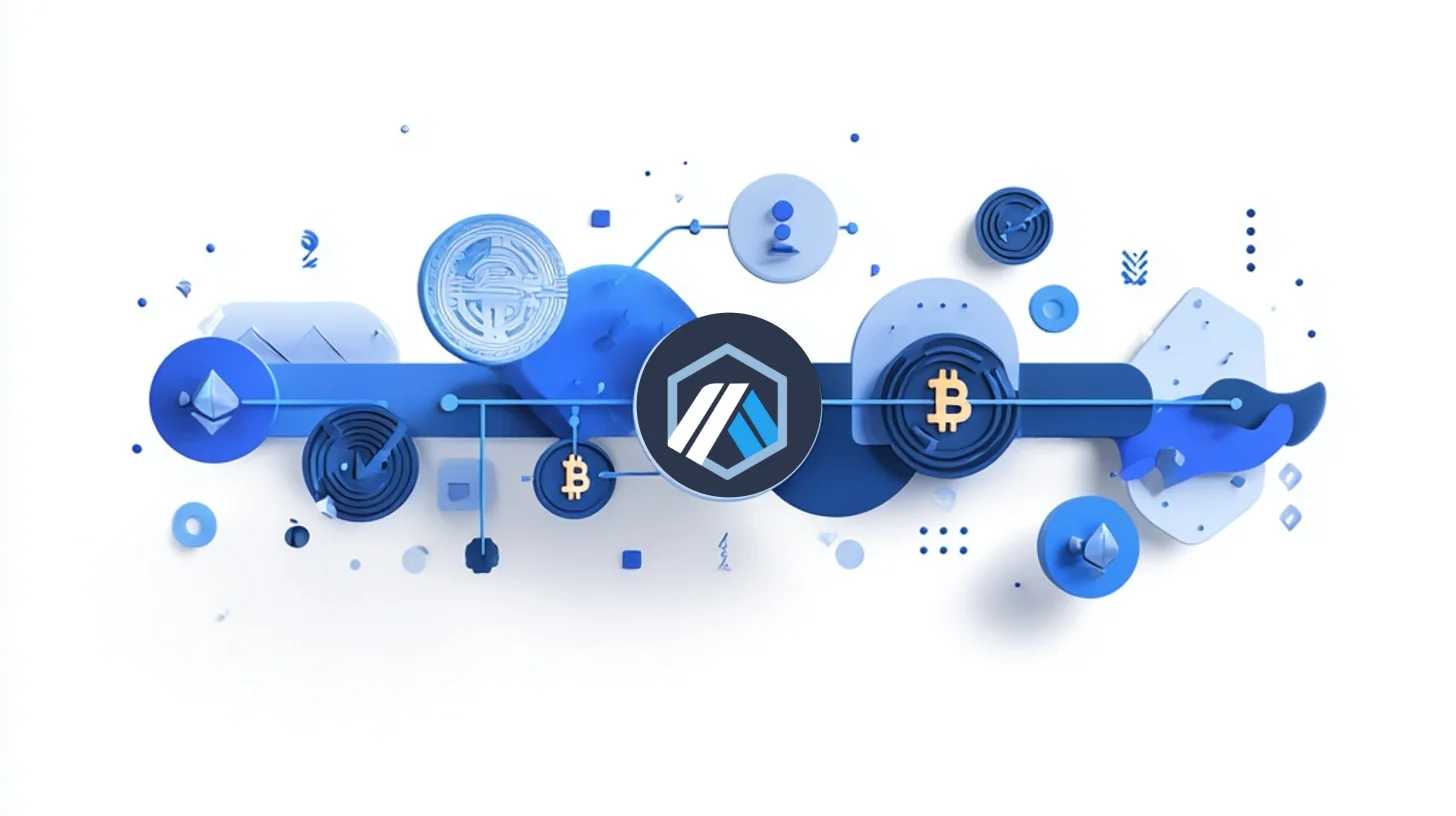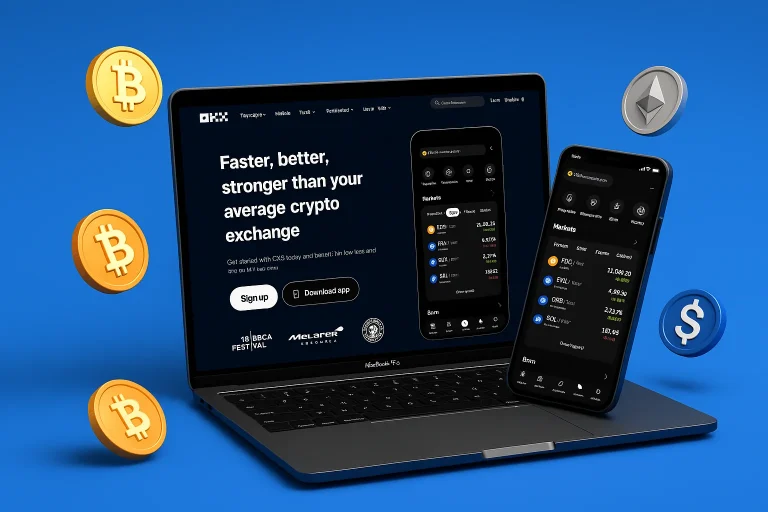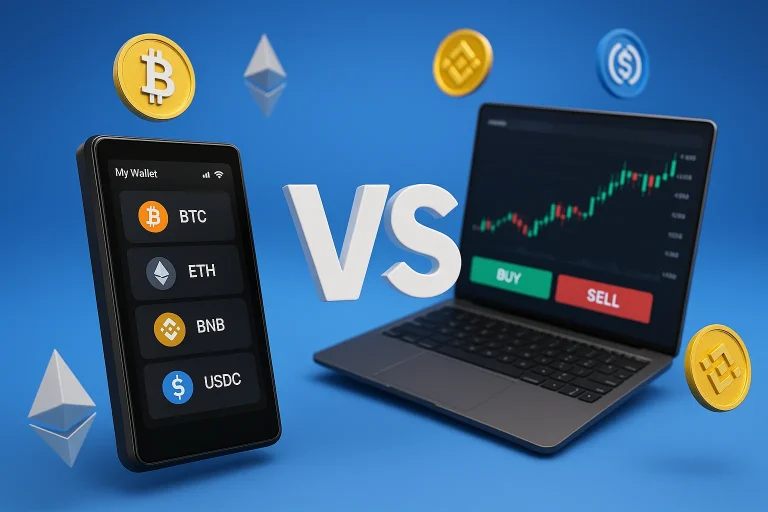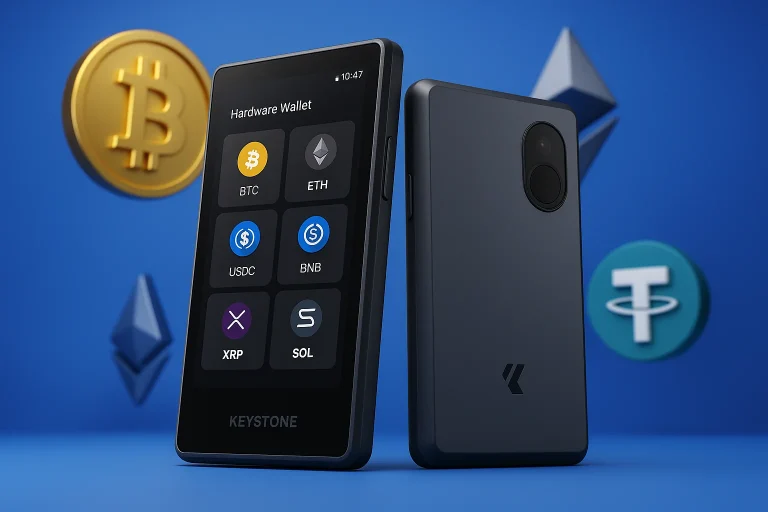Finding reliable and cost-effective ways to bridge assets to Arbitrum can be challenging, especially with rising fees and network delays.
Many users encounter slow transfers and high costs that disrupt their experience.
This article highlights the 5+ best Arbitrum bridges in 2025, including the official bridge and trusted alternatives, designed to simplify cross-chain transfers while minimizing fees and wait times.
Let’s explore options to help you move assets efficiently and securely.
Table of contents
- 1. Across, Our Top Pick for Bridging to Arbitrum Overall
- 2. Orbiter Finance, Best for Fast L2-to-L2 Bridging
- 3. Relay.Link, Best for Ultra-Fast Transfers
- 4. Rubic Exchange, Best for One-Click Cross-Chain Swaps
- 5. MemeBridge, Best for Beginners and Small Transfers
- Bonus Pick: Arbitrum Bridge – Best for Staying Native to Arbitrum
- How To Bridge to Arbitrum Using Any Platform
- Methodology: How We Selected the Top Arbitrum Bridges
- FAQ
- Final Thoughts
5+ Best Arbitrum Bridge in 2025: In-a-Nutshell |
|
|---|---|
| Across.to | Best For: Arbitrum Transfers Chains Supported: ~20 chains (Arbitrum, Ethereum, BNB, Optimism, zkSync, Base, etc.) |
| Orbiter Finance | Best For: Fast L2-to-L2 Bridging Chains Supported: Arbitrum, Optimism, zkSync, Base, Scroll (optimistic rollups) |
| Relay.link | Best For: Ultra-Fast Transfers Chains Supported: 70+ chains (Arbitrum, Ethereum, BNB Chain, Optimism, etc.) |
| Rubic Exchange | Best For: One-Click Cross-Chain Swaps Chains Supported: 50+ chains (Arbitrum, Ethereum, Polygon, zkSync, Base, etc.) |
| MemeBridge | Best For: Beginners and Small Transfers Chains Supported: ~40 chains (Arbitrum, Ethereum, Base, Optimism, zkSync, etc.) |
| Arbitrum Bridge | Best For: Staying Native to Arbitrum Chains Supported: Ethereum ⇄ Arbitrum (L1–L2 only) |
Disclaimer: The table above gives a quick overview, but it’s not the whole story. Keep scrolling if you want to pick the right bridge for your Arbitrum moves. We break down each option in more detail below.
1. Across, Our Top Pick for Bridging to Arbitrum Overall
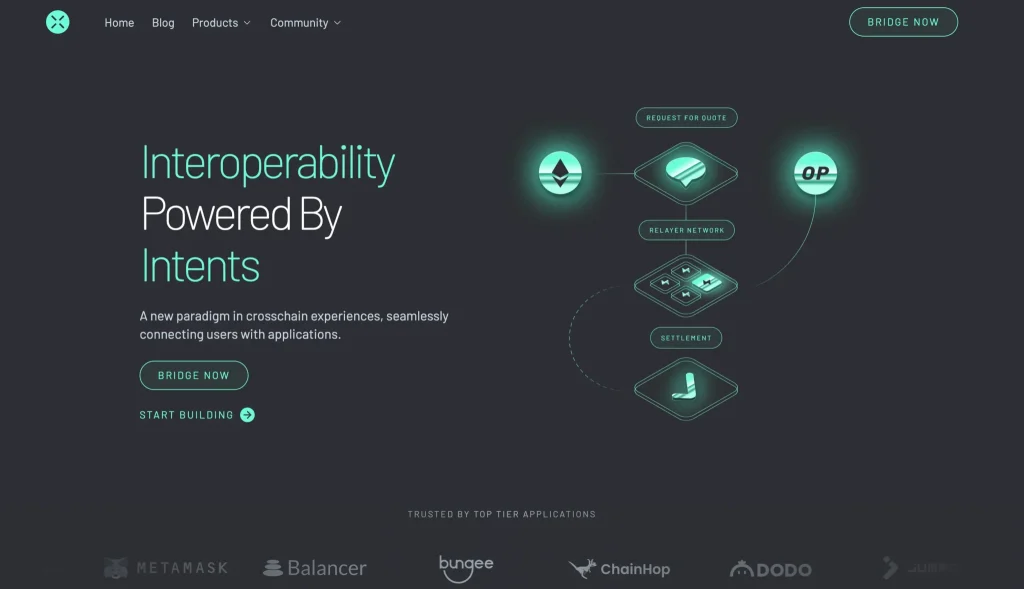
Across is the most efficient way to bridge assets to Arbitrum, especially if you’re tired of high fees or long wait times. Launched in 2021 and built with security and speed at its core, Across has quickly become a favorite among users, moving tokens into the Arbitrum network from Ethereum, BNB Chain, Optimism, and other blockchain networks.
It also supports over 20 chains besides Arbitrum, including Ethereum, Optimism, Polygon, Base, zkSync, Linea, Scroll, Blast, Zora, Soneium, Lisk, Ink, and World Chain.
Unlike other bridges that rely on synthetic tokens or centralized custody, Across keeps it clean: it uses canonical assets only. It is powered by UMA’s optimistic oracle for secure, decentralized validation.
Its architecture is intent-based. That means you say what you want to do (like bridge ETH from Ethereum to Arbitrum), and Across figures out the best, cheapest, and fastest way to make it happen. It does all this without sacrificing security, and it’s especially effective when bridging into Arbitrum, where speed and low gas fees matter most.
2. Orbiter Finance, Best for Fast L2-to-L2 Bridging
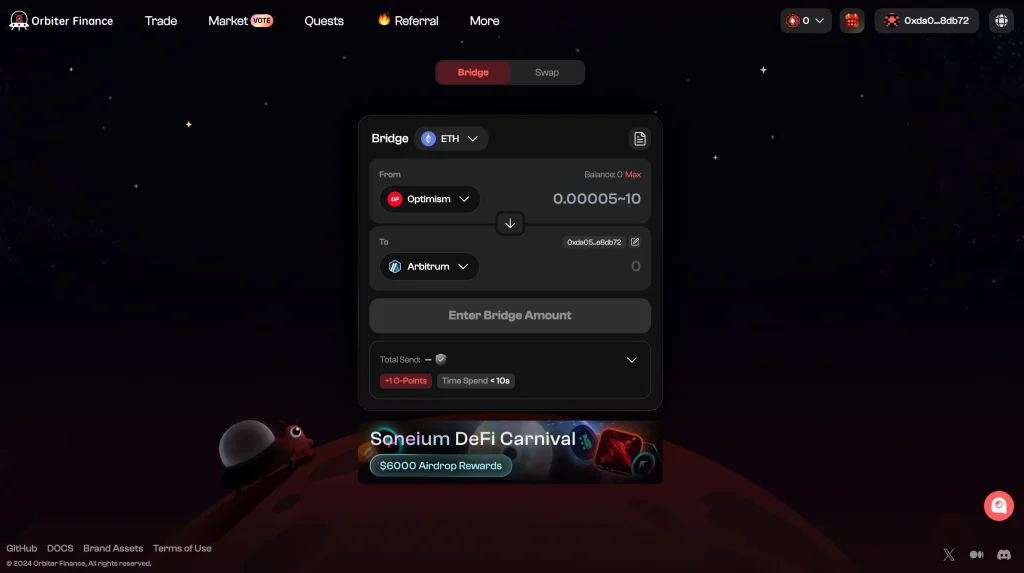
If you’re looking for a direct way to bridge into Arbitrum without the high cost of Ethereum mainnet detours, Orbiter Finance hits the mark. It’s one of the few bridges purpose-built for optimistic rollup ecosystems, offering fast and cost-efficient transfers between L2s like Arbitrum, Optimism, zkSync, Base, and more.
Instead of relying on wrapped tokens or centralized relayers, Orbiter uses a decentralized maker model to settle transfers in as little as 10–20 seconds. It’s ideal for users who want a quick and affordable way to move assets between Layer-2 chains without compromising security or decentralization.
Orbiter especially shines for Ethereum network users looking to bridge tokens into Arbitrum’s optimistic rollup, thanks to its ZK-SPV-powered validation layer and flexible fee options.
3. Relay.Link, Best for Ultra-Fast Transfers
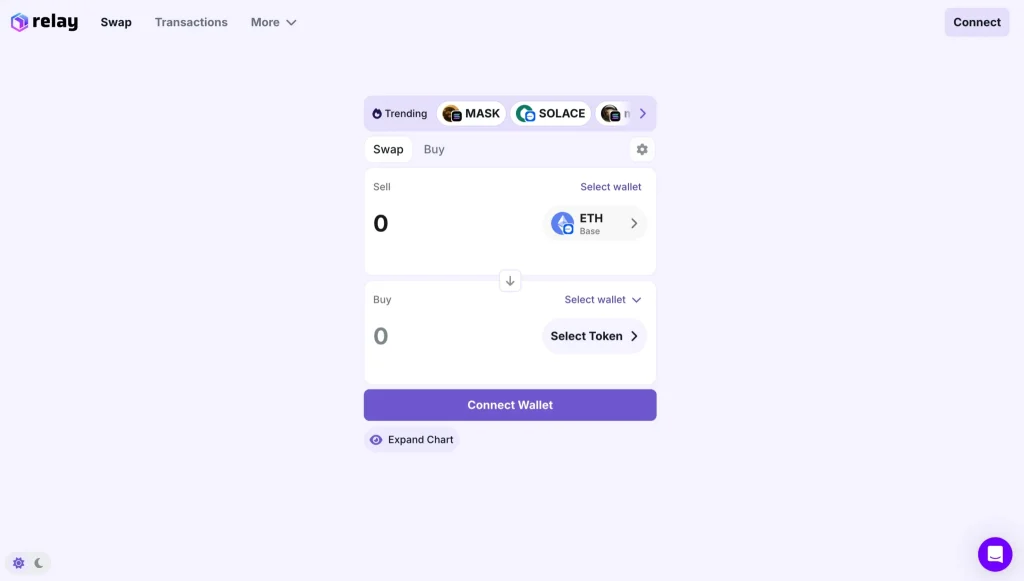
Coming in as our third-best option for bridging to Arbitrum, Relay.Link stands out for one key reason: speed. Relay delivers if you care about lightning-fast asset transfers without jumping through hoops. It’s built on an intent-based architecture, meaning you sign once, and the network handles the rest.
Relay connects to Jumper’s decentralized relayers, who execute your intent (like bridging USDC to Arbitrum) within seconds. These relayers front the gas fees on the Arbitrum network, so you’re only paying gas on the chain you’re sending from.
With support for over 70 blockchain networks, including Ethereum, BNB Chain, Optimism, and Arbitrum, Relay is perfect for users who value speed and simplicity above all.
4. Rubic Exchange, Best for One-Click Cross-Chain Swaps
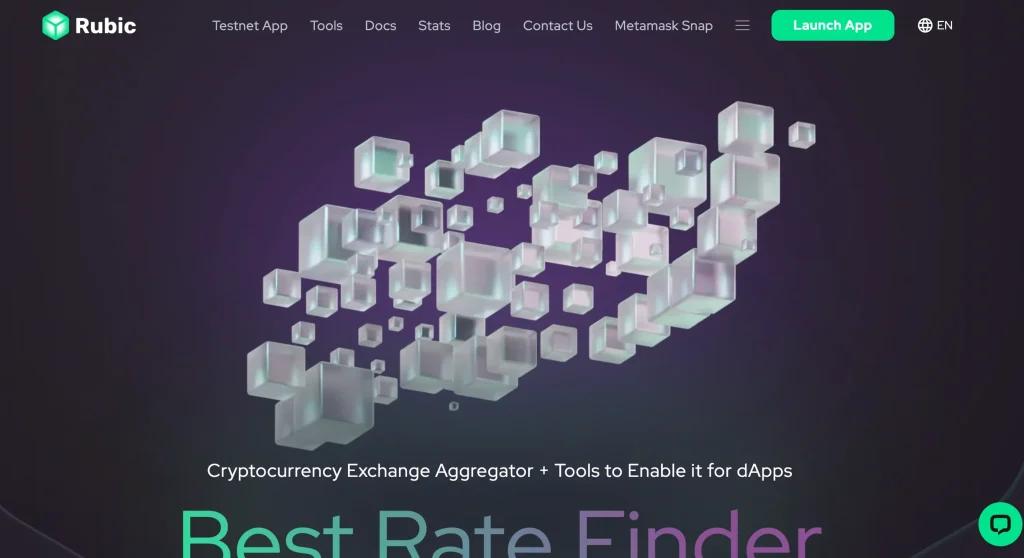
Rubic Exchange earns the number four spot on our Arbitrum bridge list, and it’s easy to see why. If you’re the kind of user who just wants to swap and move without bouncing across a dozen dApps, Rubic is your answer. It combines DEX aggregation and cross-chain bridging into a sleek, one-click platform, perfect for getting tokens onto Arbitrum without the headache.
With support for over 50 blockchain networks, including Ethereum, zkSync, Polygon, and Arbitrum, Rubic offers broad compatibility and no KYC requirements. It’s fully decentralized, and all smart contracts are audited, keeping your transfers safe and private.
Rubic is the perfect choice for those swapping assets to Arbitrum.
5. MemeBridge, Best for Beginners and Small Transfers
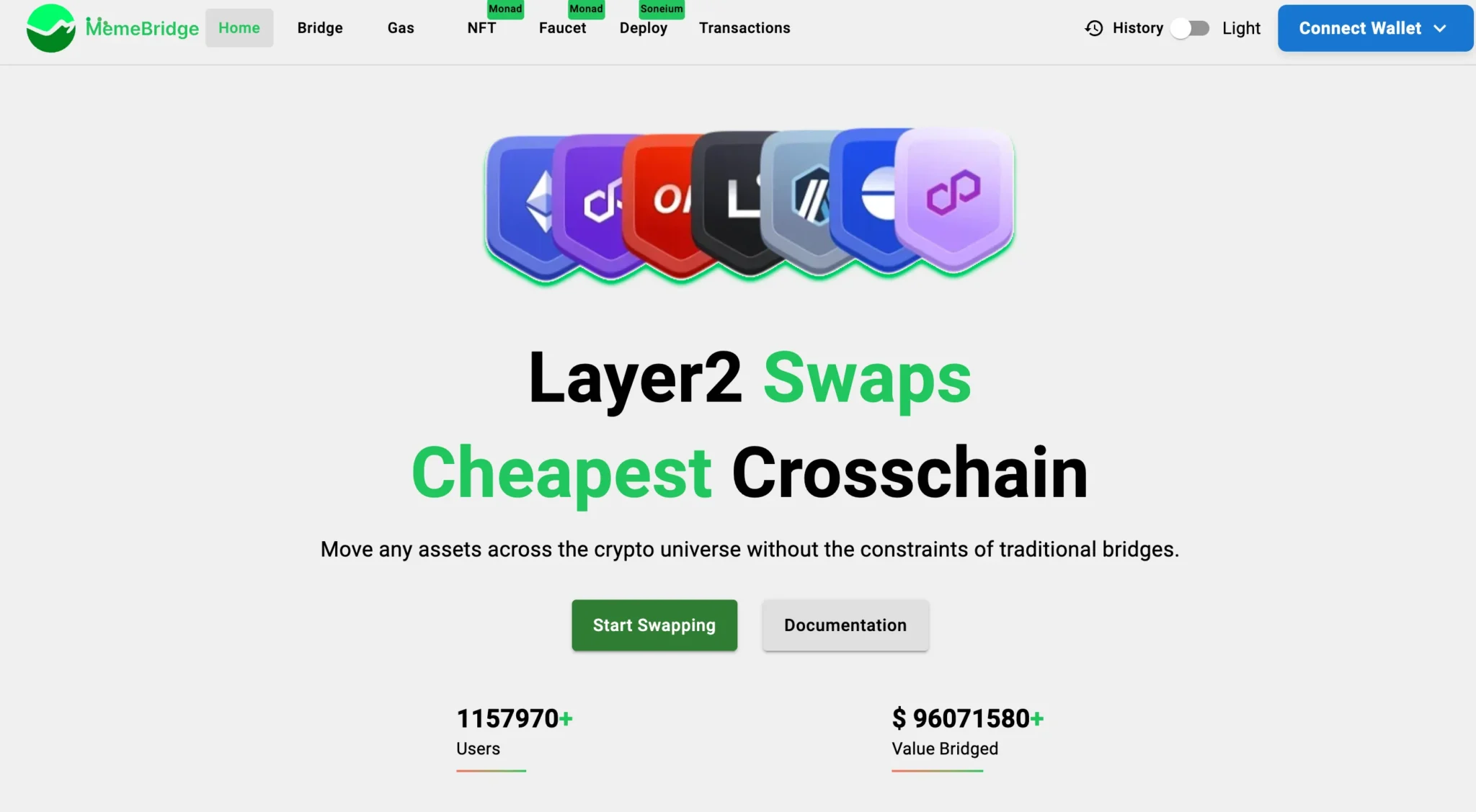
If you’re new to bridging and just want to get your assets onto Arbitrum without high gas fees or technical hassle, MemeBridge is worth checking out. Despite the name, it’s a serious tool built for frictionless transfers across 40+ networks, including Arbitrum.
The platform keeps things light: a simple UI, transparent pricing, and a gamified points system that rewards you for using the bridge. Underneath the meme branding is a fully operational cross-chain bridge that plays especially well with Layer-2 rollups like Arbitrum, Optimism, and zkSync.
It’s already getting attention from Ethereum network users who want a more affordable route into the L2 blockchain ecosystem.
Bonus Pick: Arbitrum Bridge – Best for Staying Native to Arbitrum
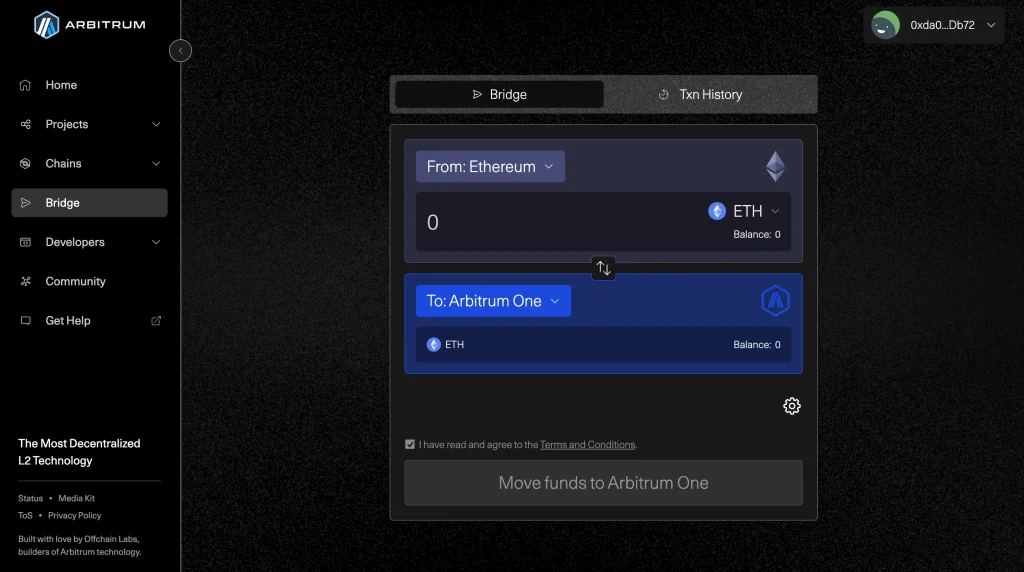
If your priority is staying fully native to the Arbitrum ecosystem, there’s no reason to look further than the official Arbitrum Bridge. The tool, developed and maintained by the Arbitrum team, offers a secure and direct way to move ETH and ERC-20 tokens from the Ethereum mainnet to the Arbitrum network.
It’s not trying to be flashy or feature-packed; it just does exactly what it says: bridges assets between Layer-1 and Layer-2 with maximum security and simplicity. For users who only need to bridge from Ethereum to Arbitrum (or back), it’s a rock-solid choice with no third-party risks or token wrappers involved.
How To Bridge to Arbitrum Using Any Platform
Now that you know the top Arbitrum bridges, you’re probably wondering how and why you should use them, right? We’ve got you covered. If you move assets between blockchain networks, especially from the Ethereum network or Binance Smart Chain, using a bridge to Arbitrum can help you access faster transactions with lower network gas fees.
The process is surprisingly straightforward, whether you aim to bridge tokens, transfer assets, or access decentralized applications on the Arbitrum network. You’ll need a wallet that supports multiple blockchains (like MetaMask) and an understanding of which blockchain bridge best fits your needs, whether it’s the official bridge or a third-party protocol.
How To Bridge to Arbitrum: Step-by-Step Guide
We’ll illustrate the process with Across to make it easier to follow. Keep in mind that these steps apply similarly across all platforms:
- Connect Your Wallet
Open your preferred bridge platform and connect your wallet. Ensure the wallet supports the source network(like Ethereum or BNB Chain) and Arbitrum.
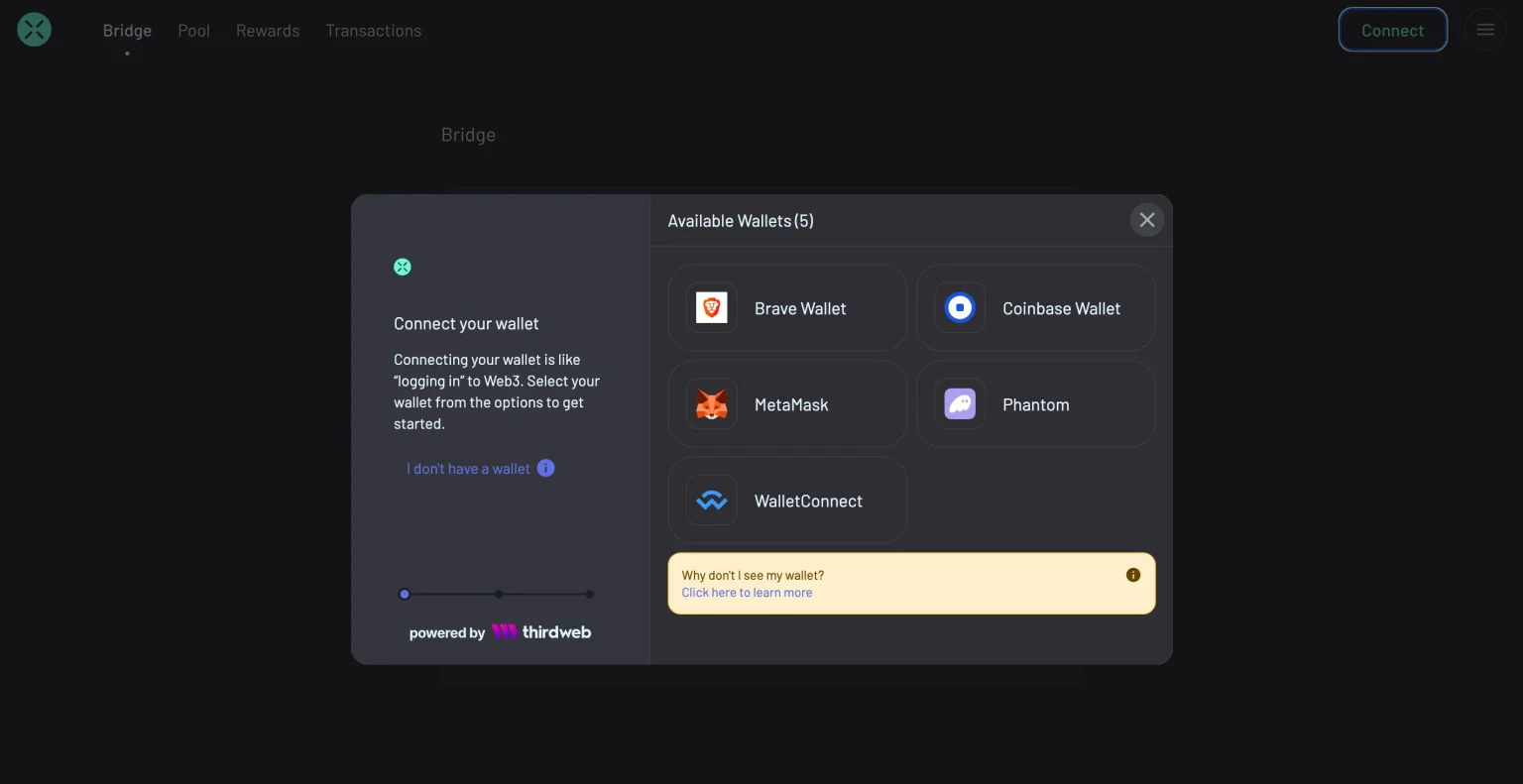
- Select Source and Destination Networks
Choose the network you’re sending from (e.g., Ethereum Mainnet, Binance Chain) and set Arbitrum as the destination.
- Pick the Asset You Want to Transfer
Select which assets or tokens you want to bridge. Some bridges only support specific native cryptocurrencies or stablecoins.
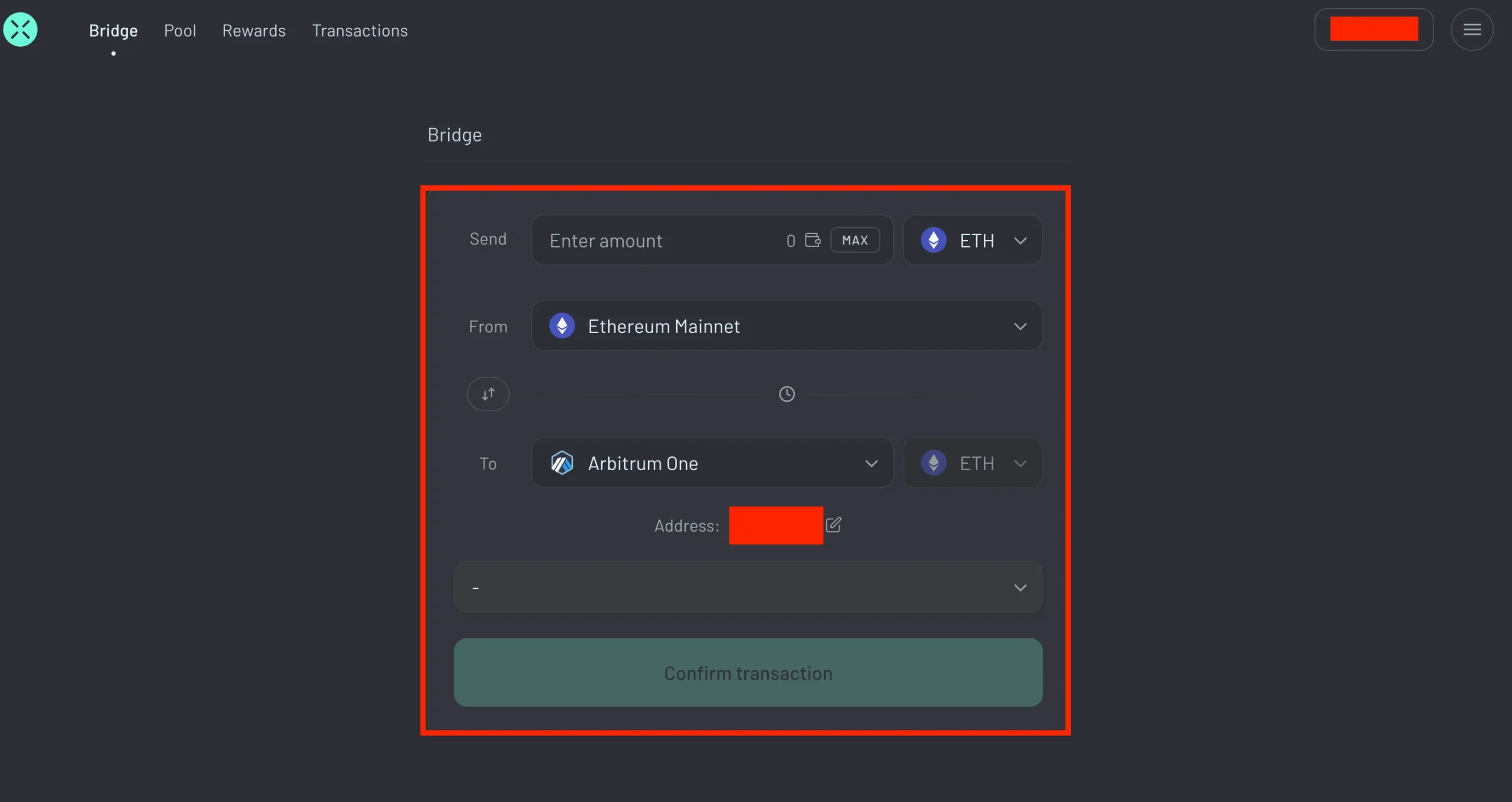
- Check the Network Gas Fees
Before confirming, look at the fees. Bridging from Ethereum often comes with higher gas fees, while networks like BNB Chain may be cheaper.
- Initiate the Transfer
Click the transfer button to begin. The platform may ask you to approve the transaction in your wallet. Depending on the network load, you might have to wait a few minutes.
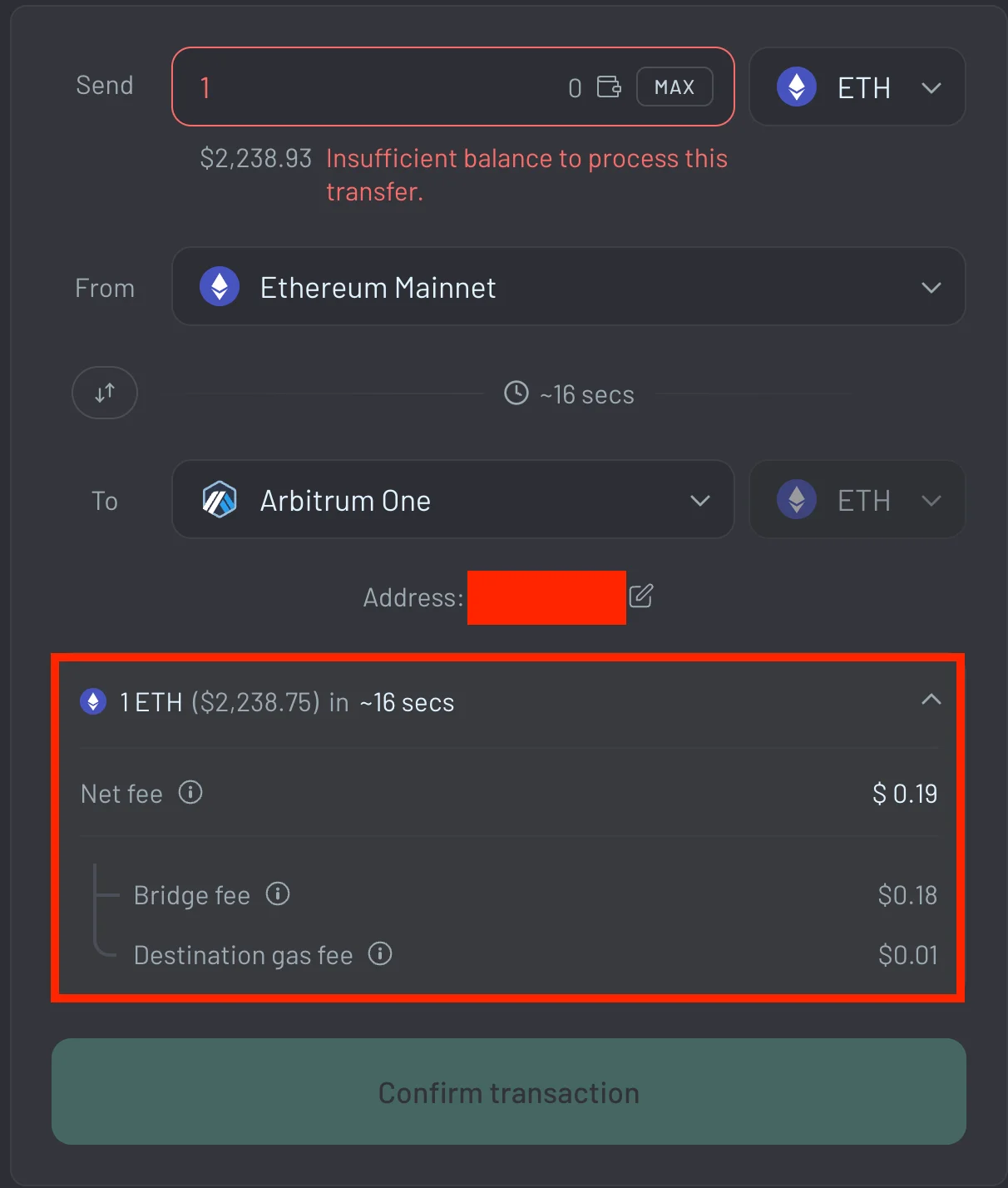
- Switch to Arbitrum Network
Switch your wallet to the Arbitrum network once the bridge is complete. Your assets should appear shortly and be ready for use.
Methodology: How We Selected the Top Arbitrum Bridges
Our selection process was grounded in practical testing, technical evaluation, and relevance to Arbitrum users in 2025. Each bridge listed was assessed based on the following criteria:
- Transfer Performance – Speed, reliability, and fee efficiency when bridging to and from Arbitrum.
- Security Architecture—Preference was given to protocols using canonical tokens, decentralized validation (e.g., optimistic or ZK-based), and minimal custodial risk.
- Network Compatibility – Broad support for major L1s and L2s, especially those frequently used in multi-chain workflows.
- User Experience – Interface clarity, wallet compatibility, and onboarding flow were evaluated to ensure usability for beginners and advanced users.
- Ecosystem Fit – Tools with active development, strong community trust, and proven uptime were prioritized.
All bridges were tested directly using real assets on the mainnet to validate performance claims and user experience.
FAQ
What Is Arbitrum (ARB)?
Arbitrum is a Layer-2 scaling solution for Ethereum that improves transaction speed and reduces gas fees by processing transactions off-chain while maintaining Ethereum’s security. ARB is its native governance token.
What Is The Cheapest Bridge To Arbitrum?
The cheapest bridge depends on network conditions, but bridges like Orbiter Finance and Across.to often offer lower gas fees and faster transfers than the official Arbitrum Bridge, especially during high Ethereum mainnet congestion.
How to Bridge ETH to Arbitrum?
To bridge ETH to Arbitrum, connect your wallet to the Arbitrum Bridge or a trusted third-party bridge. Select Ethereum as the source and Arbitrum as the destination, enter the ETH amount, and confirm the transaction. Once processed, your ETH will be available on Arbitrum.
Is Arbitrum Bridge Safe?
Yes, the Arbitrum Bridge is safe. It’s the official bridge developed by the Arbitrum team and relies on Ethereum’s security, making it a trusted choice for moving assets between Ethereum and Arbitrum.
Final Thoughts
Hopefully, you now have a solid understanding of the top Arbitrum bridges available in 2025.
With this knowledge, choosing the right bridge that fits your priorities (speed, cost-efficiency, or user-friendliness) should be much more straightforward.
Remember, the best bridge depends on your specific needs and how you plan to use Arbitrum.

